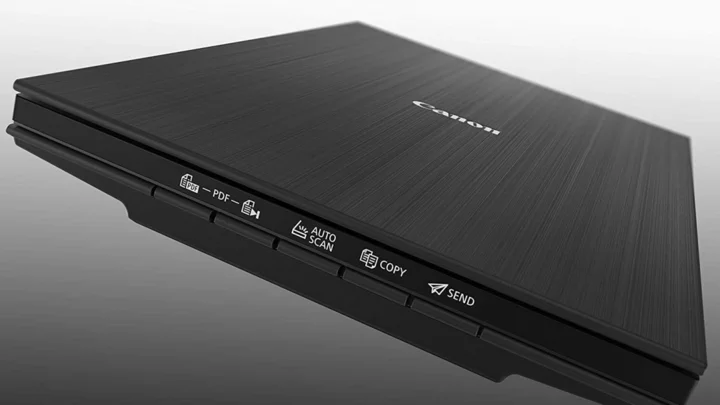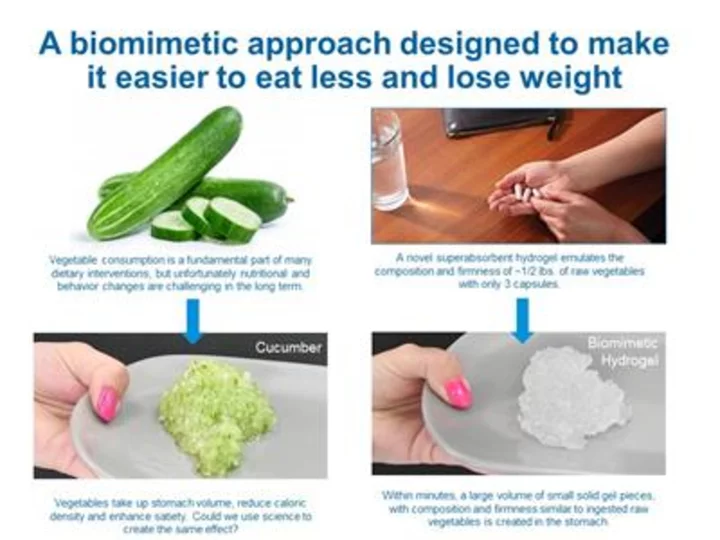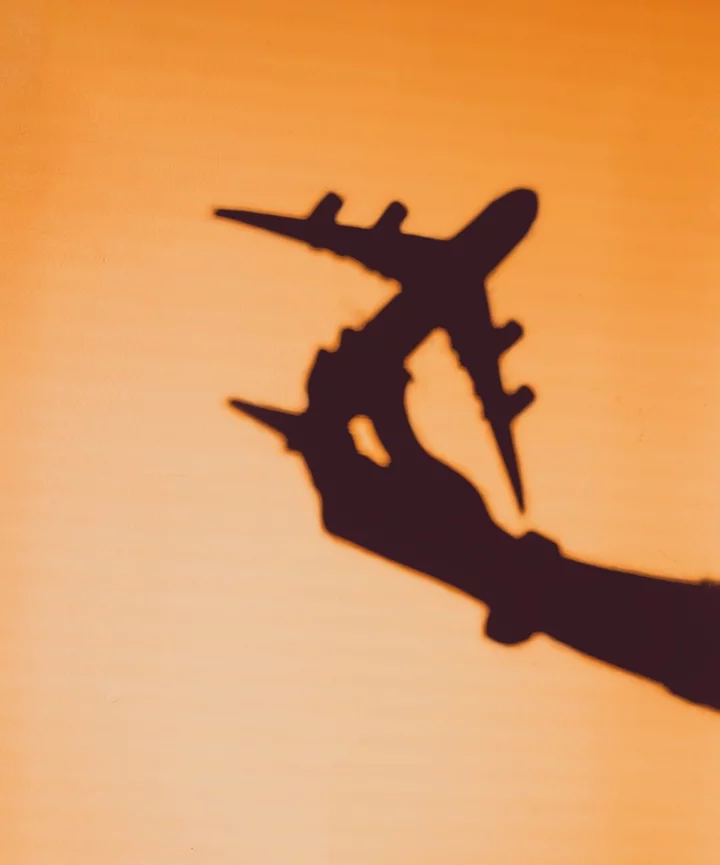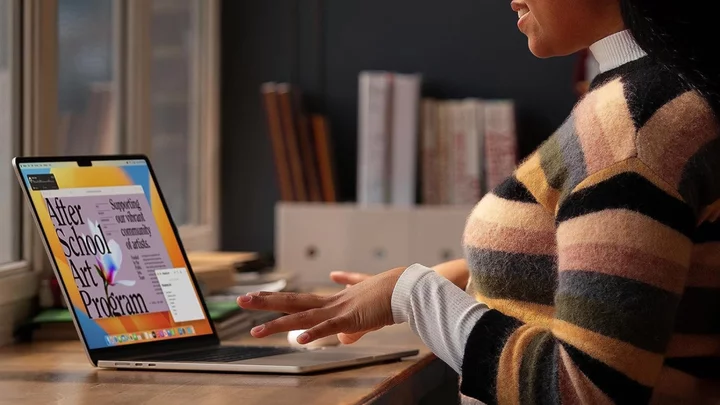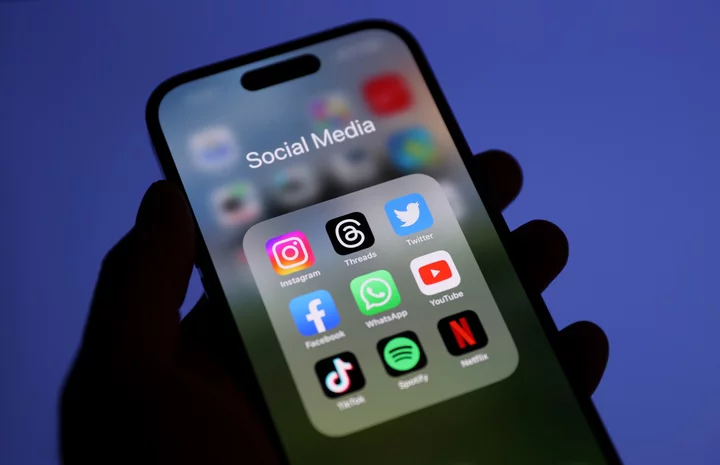Settling on a scanner that meets your specific day-to-day scanning needs can be challenging. Most flatbed and sheetfed scanners on the market today are geared toward everyday office tasks or photo image capture, but they come in a wide variety of types and sizes, some fine-tuned for different purposes. Document scanners, photo scanners, receipt scanners, film scanners: That list is just a start.
We've outlined below the top scanners that we have tested across a range of categories and possible usage scenarios. "Scan" the list for the kind of work you do, then read on below that for a deeper dive into scanner specs and how to choose the right model for what, exactly, you scan.
The first step in scanner buying comes down to a simple thing: what kind or kinds of media you'll be scanning. Knowing what (and how often) you expect to scan will tell you everything you need to know about the features you'll need.
Photos, unbound documents, receipts, and business cards are the most obvious things to scan, but you might also need to scan bound books, magazines, film (slides and negatives), or easily damaged originals like postage stamps. Somewhat less common are objects such as coins or flowers.
You should also consider details such as the maximum size of the originals and whether you'll need to scan both sides of document pages. This will tell you the kind of scanner you should be looking at: a classic flatbed, a model with a sheet feeder, or something else.
Do You Need a Flatbed Scanner, or an Overhead Scanner?
For photos or other easily damaged originals, bound material, and 3D objects, you need a flatbed scanner, which has a large glass platen on which you place the documents, photos, books, or items. (When we talk about scanning objects, here we're talking about scanning three-dimensional objects to two-dimensional images. 3D scanners—which digitize objects to special 3D files for display or printing on a 3D printer—are a different beast entirely.)
Books, magazines, and objects thicker than a sheet of paper or driver's license are good candidates for an overhead scanner, which resembles an old-fashioned overhead projector with an illuminated scanning head that looks down on a flat surface. These work like cameras, snapping pictures of items and feeding them to suitable software for optical character recognition (converting images to editable text) or flattening the curve near the spine of a book.
Delicate originals such as photos and stamps can go through a sheet feeder, but you risk damaging them. If you need to scan this sort of original only once in a while, you may be able to get by with a sheetfed scanner that comes with a plastic carrier to protect the originals. Keep in mind, however, that even brand-new, unscratched plastic carriers can degrade scan quality somewhat. Direct-to-glass is always better.
Scanner models tend to stay on the market for a long time between iterations, and this is especially true of flatbed photo scanners. We regularly update our Best Scanners roundup, so should you encounter an "oldie but goodie," it simply means that no similar model that we've reviewed has yet surpassed it.
Does Your Scanner Need a Sheet Feeder?
If your main scanning need is scanning documents on a regular basis—particularly those longer than one or two pages—you almost certainly want a document-centric scanner equipped with a sheet feeder. Having to open a flatbed lid and put a page on the glass is a minor chore, but having to repeat the process 10 times for a 10-page document is tiresome. Some sheetfed scanners can also handle thick originals such as ID cards.
If you'll primarily be scanning one or two pages at a time, a manual sheet feeder is probably all you need, or you can get by just fine with the scanning capability of an all-in-one (AIO) printer. If you'll be scanning longer documents on a regular basis, however, you'll want an automatic document feeder (ADF) that will scan an entire stack of pages unattended. Pick an ADF capacity based on the number of pages in the typical document you expect to scan. If you occasionally have a document that is more pages than the ADF capacity, you can add more pages during the scan as the feeder processes them. Some ADFs can also handle stacks of business cards well.
Do You Need Duplex (Two-Sided) Scanning?
Duplex scanning means scanning both sides of a page. If you expect to frequently scan documents that are printed on both sides, you'll want a duplexing scanner, a duplexing ADF, or a scanner with a driver that includes a manual-duplex feature.
The best, swiftest duplexing scanners have two scan elements, so they can scan both sides of a page at the same time. A design like this will be faster than a scanner with a simple duplexing ADF, but it will likely also cost more. A more ordinary duplexing ADF will just scan one side, turn the page over mechanically, and only then scan the other.
In contrast, a scanner with a driver that supports manual duplexing will let you scan one side of a stack and then prompts you to flip and re-feed the stack to scan the other side, with the scanner driver automatically interfiling the pages. Manual duplexing in the driver is the most economical alternative, and it is a good choice if you don't scan two-sided documents very often or you're on a tight budget.
What's the Right Resolution for Your Scanner?
For most scanning, having a high enough resolution at your disposal for the job at hand isn't an issue. For, say, tax documents, even a 200-pixel-per-inch (ppi) scan will give you good enough quality for most purposes. A 300ppi scanning resolution is almost always sufficient, and it's hard to find a scanner today that maxes out at less than 600ppi. For photos, unless you plan to zoom in on a small part of the photo or print the photo at a larger size than the original, 600ppi is more than enough.
Some kinds of originals, however, require higher resolution. If you're scanning 35mm slides or negatives, or something small and finely detailed like a postage stamp, you'll need a scanner that claims an optical resolution of at least 4,800ppi.
Then there's the issue of the maximum scan size you can take. Picking a scanner that can handle the size of the originals you need to scan seems like an obvious point, but it's easy to overlook. For example, most flatbeds have a letter-size platen, which will be a problem if you occasionally need to scan legal-size pages. Most flatbeds with ADFs will scan legal-size pages via the ADF, but not all do, so be sure to check. You can also find scanners with larger flatbeds, but they will, of course, take up more desk space.
What Software Will You Use?
Most scanners come with basic scanning software. Depending on what you plan to scan, some of the features to look for include optical character recognition (OCR), text indexing, photo editing, and the ability to create searchable PDF documents. The days of platform-specific scanners are over; any modern scanner will work seamlessly with both macOS and Windows, and many of them can also scan to your phone or a cloud drive.
Specialized scanners have software with specialized functions. Receipt scanners come with accounting software for organizing your financial data. Scanners that handle business cards can usually extract the card data into a contact database (assuming the cards aren't too ornately designed for the OCR software to read).
If you're planning to scan photos or other images and then edit them in a program such as Adobe Photoshop, look for a scanner with TWAIN drivers that can scan directly into your photo editing app.
Do You Need a Special-Purpose Scanner?
Finally, consider whether you need a special-purpose scanner. Among the most common special-purpose choices are scanners for business cards (small and highly portable) and receipts (small and equipped with specialized software). Specialized slide scanners are smaller than flatbed scanners, but they're no better at scanning slides than flatbed scanners with equivalent features.
If you travel often, you might want a portable scanner that's small enough to fit in your laptop bag, or a handheld scanner that you hold and trace over text. Some portable models can operate without a computer attached, scanning to a memory card or smartphone. You can also find some that function as both portable and desktop document scanners by combining a portable scanner with a docking station that includes an ADF.
Depending on what you need to scan, any one of these may be a good choice, either as your only scanner or as a supplement to a general-purpose scanner. We've highlighted a few of our favorite special scanners in the picks above.
So, What's the Best Scanner to Buy?
All-in-one or multifunction printers have built-in scanners, nearly all with flatbeds and many with ADFs. That may be sufficient for light scanning needs. To get the most out of your scanning, however, you'll probably want to get a single-function scanner. Fortunately, there are many models to choose from, and the models below are among the best we've tested. For more focused advice, check out our roundup of the top scanners for photos, as well as our list of the best all-in-one printers, if having a scanner attached to your printer is more appealing. (And finally, after you've digitized all that paper, take a look at the best shredders we've tested.)

